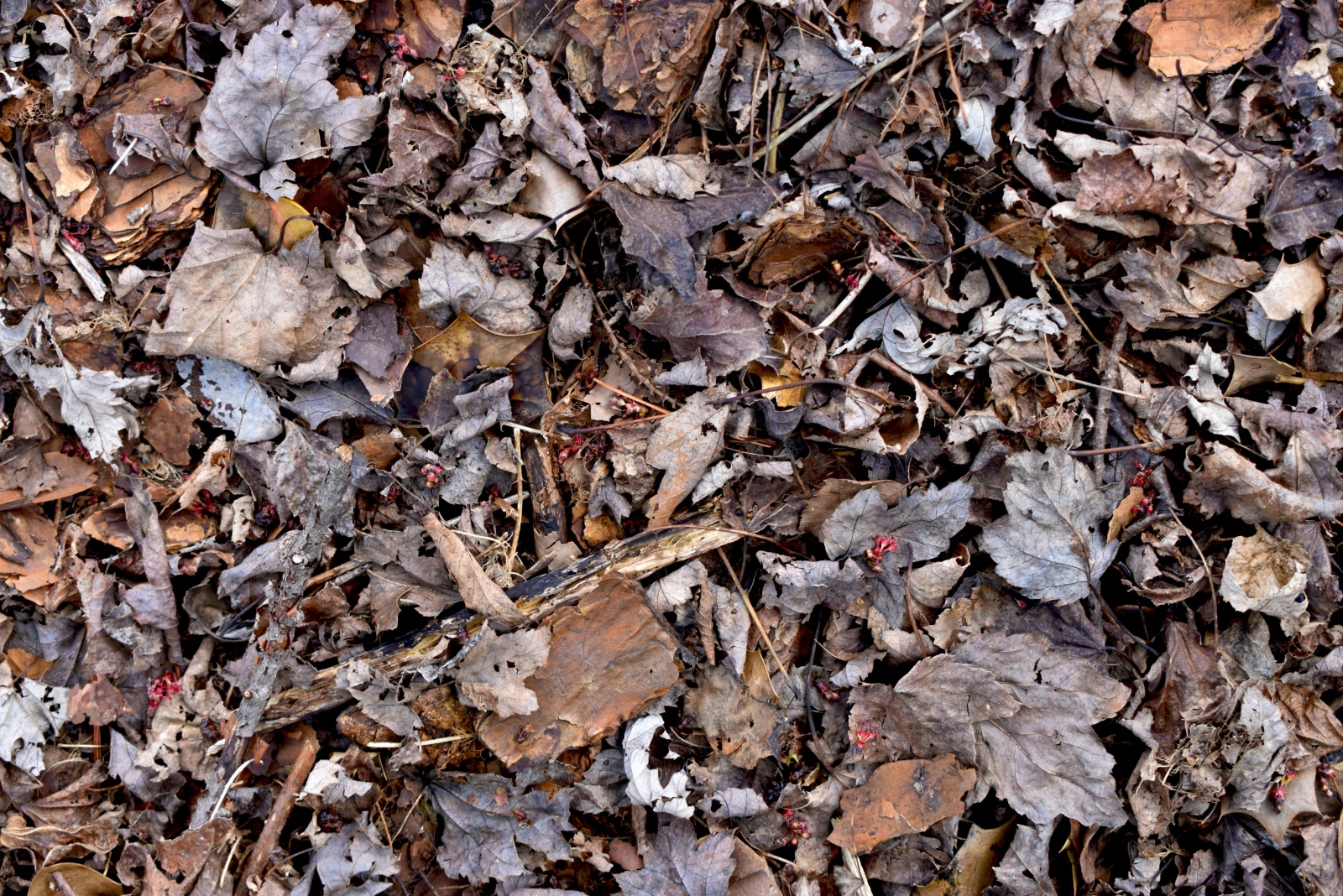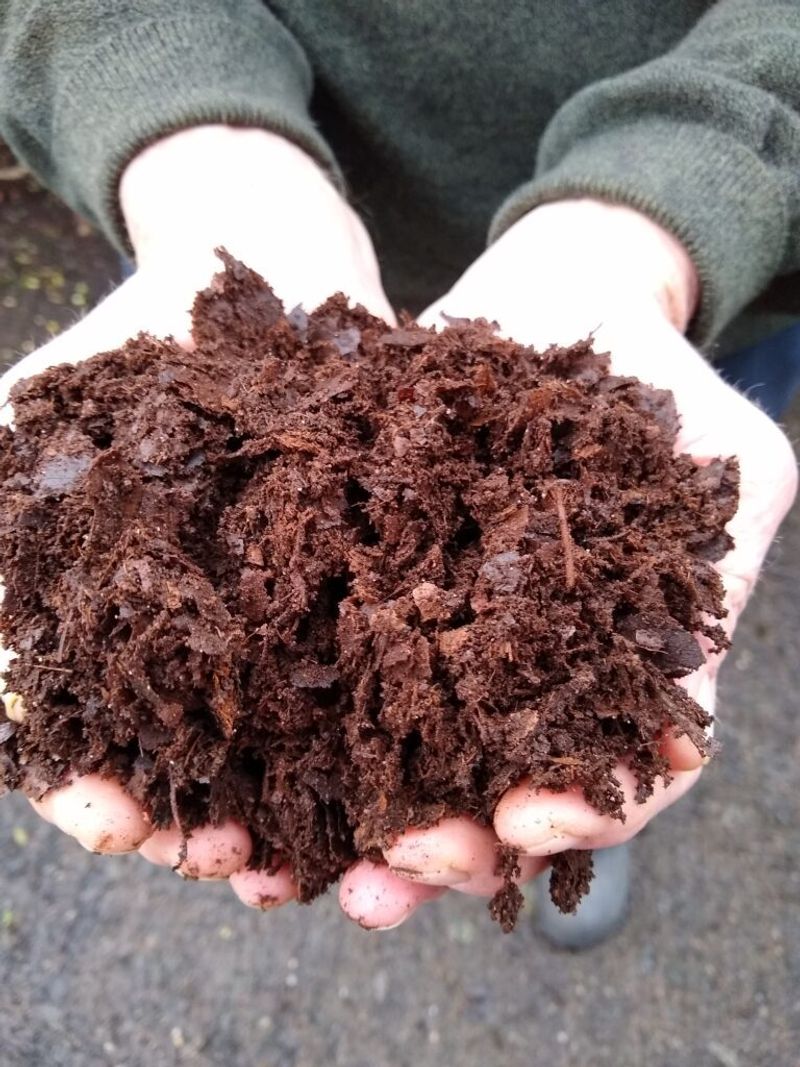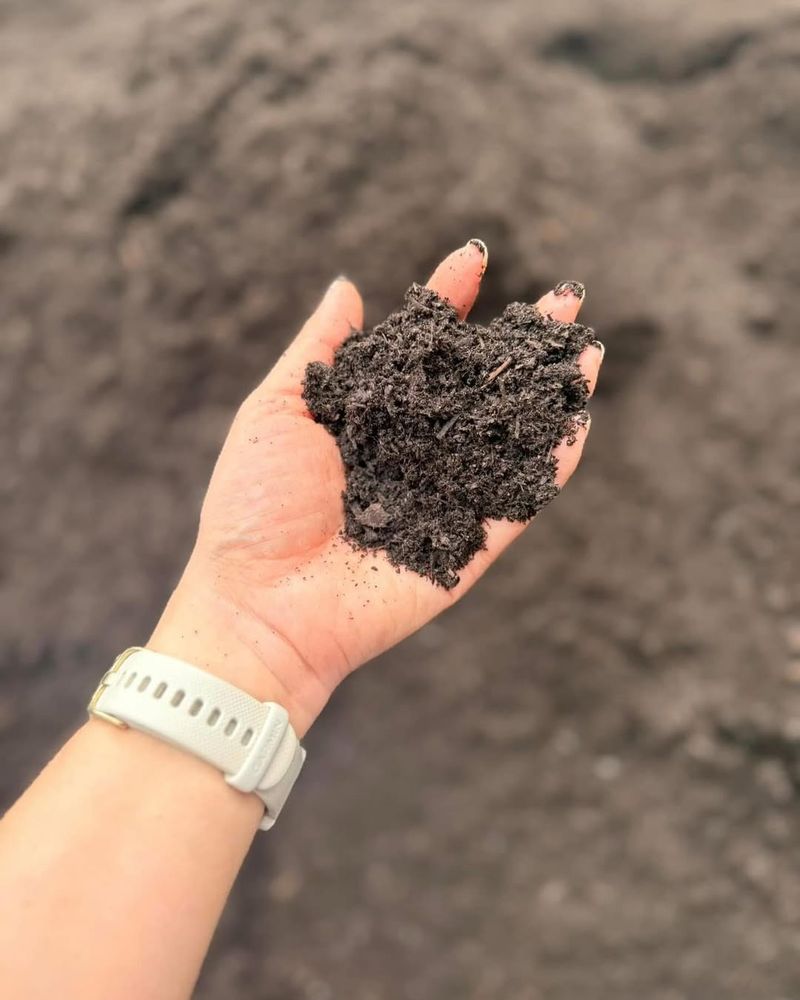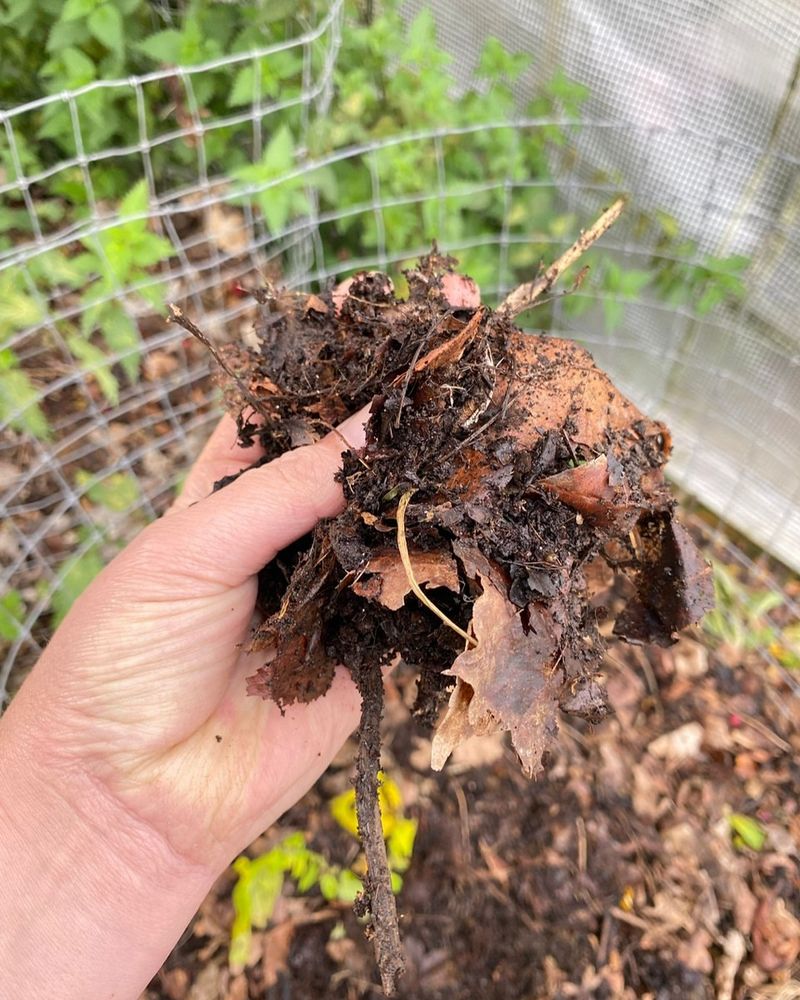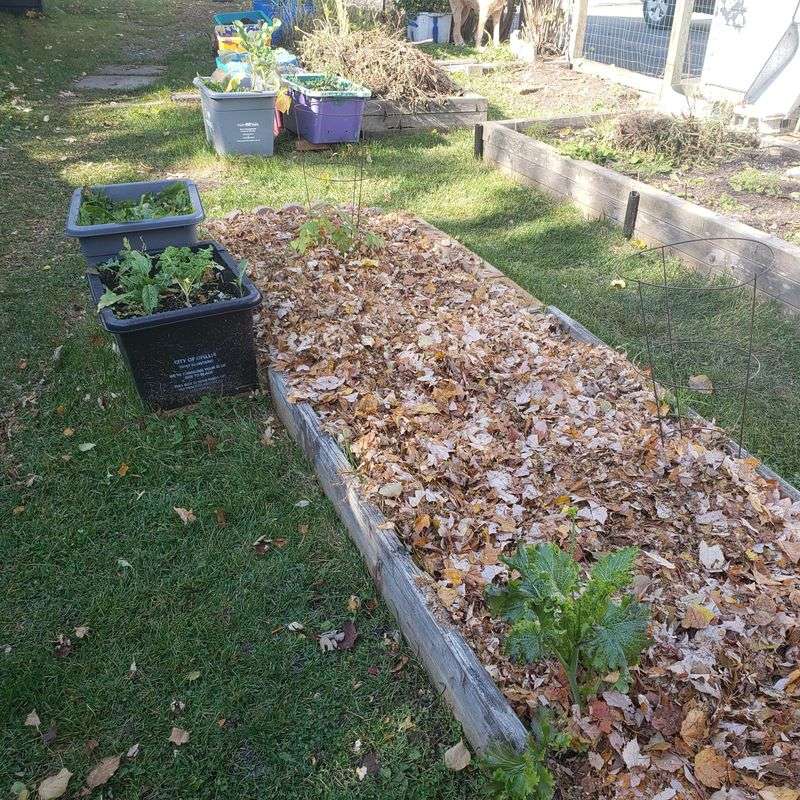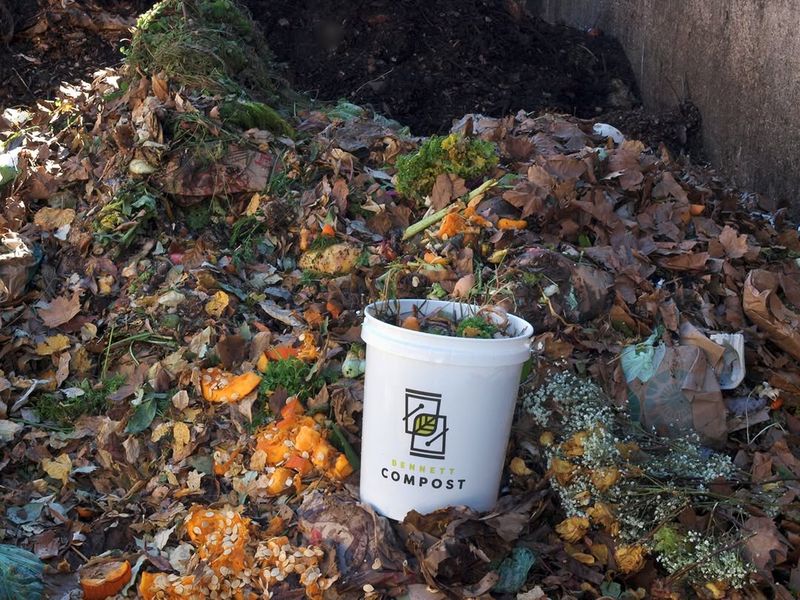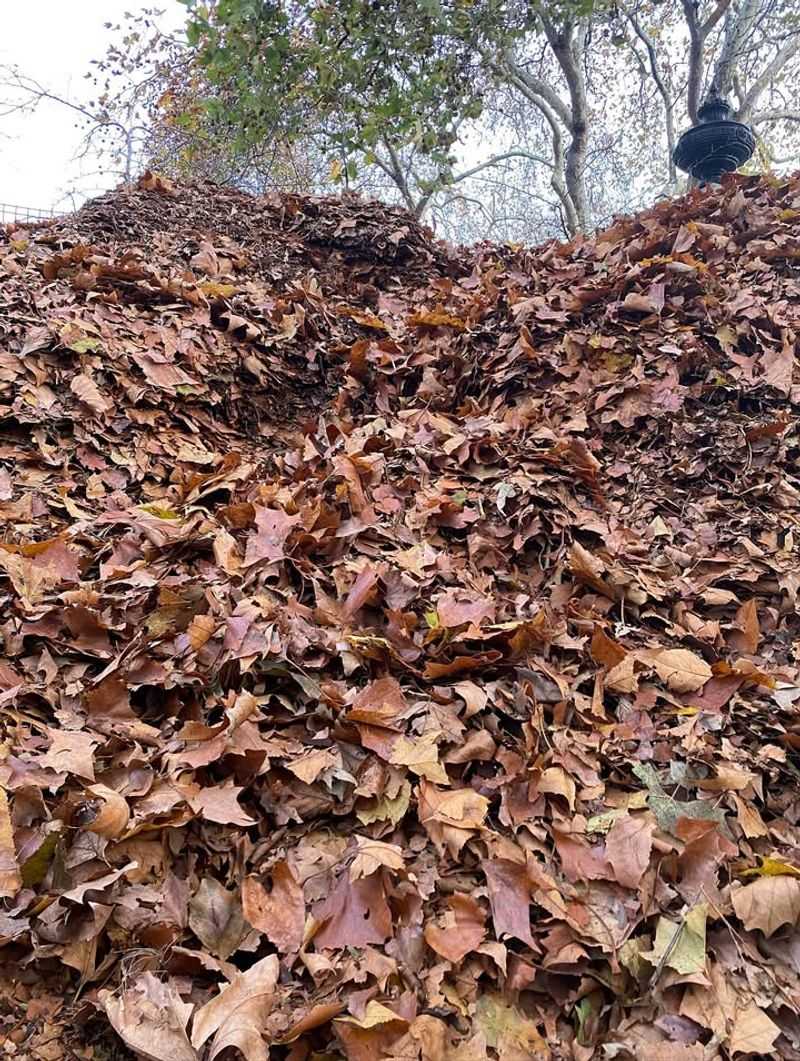Minnesota gardeners have discovered a secret ingredient that transforms ordinary soil into a thriving garden paradise. Leaf mold, made from decomposed leaves, is becoming the go-to material for improving gardens across the state.
This simple, natural substance offers incredible benefits that both beginner and experienced gardeners are excited about.
1. It’s Completely Free And Easy To Make At Home
Making your own leaf mold costs absolutely nothing except a bit of patience. Rake up fallen leaves from your yard each autumn and pile them in a corner or stuff them into black garbage bags with a few holes poked in.
Within twelve to eighteen months, those crunchy leaves transform into dark, crumbly material that looks like rich soil. No special equipment or fancy ingredients needed—nature does all the work while you wait.
Minnesota’s abundant trees provide plenty of free raw materials every fall season.
2. Holds Moisture Better Than Almost Any Other Amendment
Water retention becomes a superpower when you add leaf mold to your garden beds. This amazing material can hold up to 500 percent of its weight in water, acting like tiny sponges throughout your soil.
During Minnesota’s hot summer days, plants stay hydrated longer between waterings. Your garden won’t dry out as quickly, which means less time spent dragging hoses around.
Roots access moisture whenever they need it, keeping vegetables and flowers happy even during dry spells that challenge other gardens.
3. Improves Soil Structure Without Changing PH Levels
Unlike many soil amendments that alter acidity, leaf mold keeps your pH balance exactly where it is. Clay soils become lighter and easier to work, while sandy soils gain better structure and cohesion.
Your soil develops improved drainage and aeration, creating perfect conditions for beneficial microorganisms to thrive. Plant roots can penetrate deeper and spread wider through the improved texture.
Whether you grow tomatoes, flowers, or shrubs, leaf mold enhances the growing environment without requiring pH adjustments afterward.
4. Supports Beneficial Earthworms And Soil Organisms
Earthworms absolutely love leaf mold and flock to gardens where it’s been added generously. These helpful creatures tunnel through the material, creating channels that improve air circulation and water movement underground.
Beneficial bacteria and fungi also multiply rapidly in leaf mold, breaking down organic matter and releasing nutrients plants can absorb. Your garden becomes a living ecosystem full of helpful organisms working together.
Healthy soil biology means stronger plants that resist problems naturally and grow more vigorously throughout the growing season.
5. Reduces Garden Waste While Helping The Environment
Every fall, millions of leaves get bagged and sent to landfills, wasting valuable organic material. Creating leaf mold keeps those leaves out of waste streams and puts them to productive use right in your backyard.
You’ll reduce your environmental footprint while building better soil at the same time. Instead of buying bagged amendments from stores, you’re recycling nature’s resources locally.
Minnesota communities benefit when more gardeners embrace this sustainable practice that turns yard waste into gardening gold year after year.
6. Works Perfectly In Minnesota’s Challenging Climate
Minnesota’s extreme temperature swings and harsh winters demand tough soil solutions. Leaf mold insulates plant roots during freezing months, protecting perennials from frost damage and temperature fluctuations.
During spring thaw, it prevents soil compaction and helps beds drain properly instead of turning into muddy messes. Summer heat doesn’t bake out moisture as quickly when leaf mold is present.
Gardeners across the state appreciate how this simple amendment addresses multiple climate challenges without requiring replacement every season like some products do.

